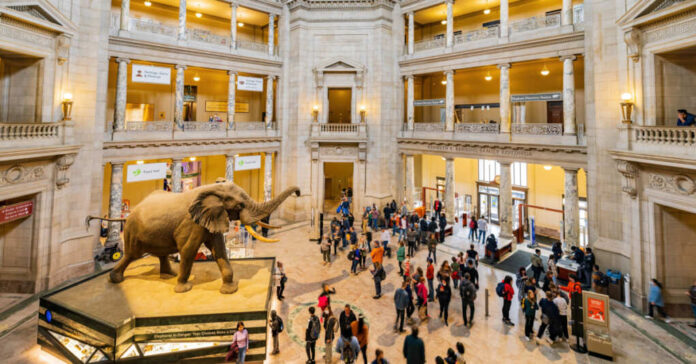
If you know anything about American history, you know that we don’t have a good track record when it comes to treating other races and cultures with respect and dignity. One small example of this is the fact that Native American art, human remains, and sacred artifacts are on display in museums all over the nation, mostly without the consent of the tribes they came from.
Naturally, as part of the party of ‘inclusion,’ the Biden administration has sought to right this wrong. But, as usual, it’s creating more of a hassle than need be, and it’s likely to end up erasing thousands of years of Native American history from the minds of the American public.
If you weren’t aware, Democratic President Joe Biden signed yet another executive order into law in December, this one directing new support for tribal self-governance. One part of that order demands that ancestral remains and cultural artifacts removed from tribal lands (either in the past or the future) must have permission to be removed and placed on display.
So, hundreds of museums nationwide must now seek the consent of the original Native American tribes or ancestors to continue to display the items they have in their possession. If they are unable to do so, those items must be returned to the tribes.
Now, the new rule allows museums five years to get such permission to display the artifacts. However, many are not wasting any time in starting the process, which includes shutting down whole exhibits or covering displays until the items are either returned or consent is given.
For the American Museum of Natural History, it means two entire halls showcasing Native American art, history, and culture will be closed.
The American Museum of Natural History will close 2 major halls exhibiting Native American objects. Leaders said on Friday, in a dramatic response to new federal regulations that require museums to obtain consent from tribes before displaying or performing research on items. pic.twitter.com/WEMnLcAS5P
— Lakota People's Law Project (@lakotalaw) January 26, 2024
Some of those items may never be either placed back on display or given to their rightful owners.
With so many artifacts taken from various places, tribes, and so long ago, it may be nearly impossible to determine where to return them. So many objects are likely to be placed in long-term storage, never to see the light of day again.
So the question is, which is worse: That we don’t have consent for some of these items or that the American public never gets to learn about that history to begin with because they are rotting in storage?














